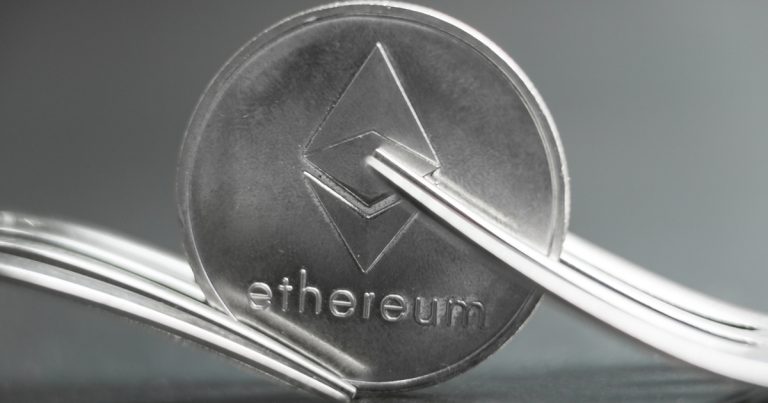Tokenized Treasuries Reach Record $4.2B Market Cap as Crypto Correction Drives Growth
Ondo Finance, BlackRock-Securitize, and Superstate Lead Gains, While Hashnote’s USYC Declines
Amid a broader market correction, digital asset investors have increasingly turned to tokenized U.S. Treasury products, pushing their combined market capitalization to a new high of $4.2 billion. The asset class has added $800 million in value since late January, with notable growth from Ondo Finance’s tokens, BlackRock’s BUIDL, Franklin Templeton’s BENJI, and Superstate’s USTB. On the other hand, Hashnote’s USYC experienced a decline.
The rapid growth of tokenized treasuries, particularly during a downturn in the broader crypto market, is seen as a “flight to quality,” with investors seeking safer, yield-bearing assets, according to Brian Choe, head of research at rwa.xyz.
As cryptocurrencies struggled during the recent market correction, investors shifted their focus to tokenized U.S. Treasury products.
Since late January, the total market cap of Treasury-backed tokens surged by $800 million, reaching an all-time high of $4.2 billion, according to data from rwa.xyz.
Ondo Finance’s products, including the short-term bond-backed OUSG and USDY tokens, saw a remarkable 53% increase in market value over the past month, bringing their combined value close to $1 billion. BlackRock and tokenization firm Securitize’s BUIDL token rose by 25% during the same period, crossing the $800 million mark. Franklin Templeton’s BENJI token grew by 16% to reach $687 million, while Superstate’s USTB saw an impressive 63% rise to $363 million.
A notable exception was Hashnote’s USYC, which experienced a decline of over 20%, falling to $900 million in market cap. This drop was primarily due to the downturn of DeFi protocol Usual following investor backlash. USYC is the primary backing asset for Usual’s USD0 stablecoin, which saw its supply fall significantly from a January peak of $1.8 billion to below $1 billion.
Choe attributed the growth in tokenized treasuries during the crypto downturn to a “flight to quality,” similar to how traditional investors move from equities to U.S. Treasuries in times of economic uncertainty. He explained that the growth of tokenized treasuries has outpaced stablecoins in the recent bearish market, contrasting with the previous period between November and January when stablecoins grew faster than treasury tokens during the crypto rally.
“This suggests that some investors are not leaving the ecosystem but are instead shifting capital into safer, yield-bearing assets until market conditions stabilize,” Choe said.





